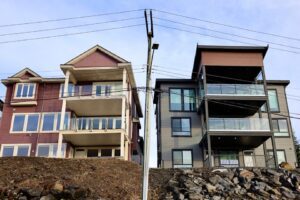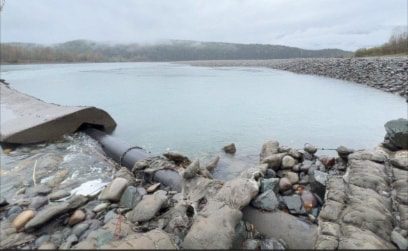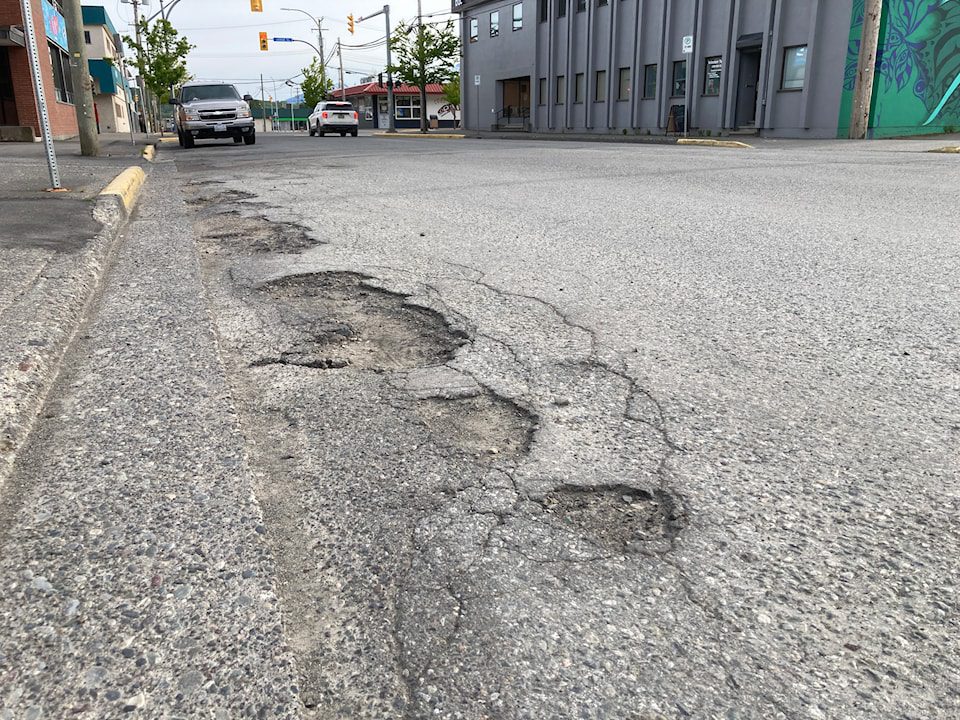
This coverage is from The Northern View and the original article can be found here.
In contrast, the average sale price across northern B.C. fell as per the B.C. Northern Real Estate Board
In the first quarter of 2025, house prices in Prince Rupert saw a sharp increase compared to both the same time last year and the previous quarter.
According to the latest data from the B.C. Northern Real Estate Board (BCNREB), the average cost of a residential detached house in the city was $491,301 as of March 31, 2025. This represents an increase from $412,477 on March 31, 2024, and $439,693 on December 31, 2024.
Prince Rupert holds 6th place in northern B.C. for average house prices. Terrace ranks first with a price of $545,067.
Sheila Love is the director at RE/MAX Coast Mountains in Terrace. She explains that many determining factors, such as interest rates and the cost of building houses can affect prices.
“In Prince Rupert, we did have a couple of very high-end homes sell in this year so far, and that will affect the average price of homes,” said Love. The average sale price can be skewed by a few high-value transactions, which don’t accurately reflect the price of standard homes sold. Sometimes, when the average is calculated, one house can sell for a million dollars, and a couple of others sell for $300,000 each. This would dramatically increase the average sale price, but that doesn’t mean a typical three-bedroom, full-basement family home will sell for that price.”
While prices are rising, sales have been slowing down. Seasonally adjusted sales in Prince Rupert fell slightly from the previous quarter and the same period in 2024.
In the first three months of 2025, 30 properties worth a total of $14.2 million were sold through the Multiple Listing Service (MLS). Of those 30 properties sold, 21 were single-family residential properties, and three were half-duplexes. This compares to 34 properties worth $11 million sold in the same period last year.
Throughout the north, the City of Prince George recorded the highest number of transactions, with 281 properties of all types worth $124.2 million changing hands in the first three months of 2025.
Currently, 140 properties of all types are available for purchase in the Prince Rupert area through the MLS. Love notes the number of active listings available in March was lower than the amount available at the same time last year, which can be another reason why the price rose.
“The less amount of houses [on the market], of course, the higher the price of homes,” she said.
In contrast, the average sale price across the northern region fell to $414,417, which was 2.5 per cent below the previous quarter.
While market activity varied widely across northern B.C., the region saw a slight sales downturn following a strong previous quarter. It recorded 1,034 seasonally adjusted sales in Q1 2025, 3.1 per cent below historical averages but still 11 per cent above sales from Q1 2024.
Smithers ranked second in the region for home prices, averaging $528,250 for a residential detached house. Williams Lake closely followed at $527,630, while 100 Mile House had a price of $506,900. Prince George was next in line, sitting at $503,331.
In contrast, Mackenzie remained an affordable option, with an average sale price of just $173,376 as of March.
The supply of properties in Northern B.C. remains tight. As of March 31, 2025, there were 1,777 active listings in the region, which is approximately 23 per cent below the level considered to be a healthy long-term inventory, according to BCNREB’s latest news release. Love estimates a healthy number of active listings would have been around 2,300.
Despite a slight drop in sales activity, the Prince Rupert real estate market remains solid, with rising prices signalling ongoing demand. Love says that while Rupert had a slow start this year, the sales are starting to pick back up.
The board said that although the sales-to-active listings ratio is fairly stable at around 19 per cent (slightly lower than Q4 2024), the risk of tariffs affecting northern industries could disrupt a positive start for Northern markets.
Love explains that U.S. tariffs could impact the northern real estate market, not by directly changing house prices but through indirect influences like higher construction costs due to taxes on building materials. There could also be potential job losses, which could affect people’s general ability to buy or sell homes.
She notes that the real estate market’s response will largely depend on how the broader economy handles the tariffs. “I think it’s too early to say exactly how it’ll affect our market, because it’s so new,” said Love, adding it all depends on how these economic factors will play out in the coming months.


